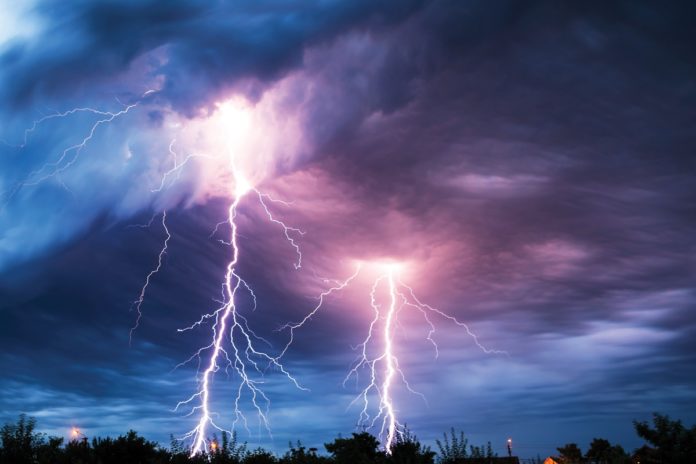The increasing number of satellites and advancements in climate models has improved the weather forecasting over the last many years. Weather forecasting, is not a perfect science; it still needs a lot of improvement in terms of timing, location, and intensity of forecast weather. The same goes for analyzing climate change. And, the prime reason behind this is lack of data to make more accurate forecasts. Global warming researchers face lack of important data. According to computer scientist Claire Monteleoni of George Washington University, climate is a data problem. Artificial intelligence (AI), however, holds the key to better climate forecasts and discovering new climate patterns.
Machine learning enables AI systems to improve their analysis based on the amount of data. Programmers enter large quantities of facts and rules into conventional computer algorithms. These are used to guide the system’s output. Meanwhile, machine-learning systems are like the complex neural networks in our brain. They derive the rules after going through volumes of data, as seen in computers that can read handwritten notes or identify object categories.
Climate science can readily provide the necessary data. The UK Met Office and the National Weather Service’s climate data archive contains 45 petabytes of information. A high-resolution climate model’s run can easily produce a petabyte of data.
AI Brings Advancements in Climate Informatics
Researchers will be meeting in September in Boulder, Colorado to discuss and deliberate on the upcoming field of climate informatics. The field has advanced significantly in the last few years. The researchers have used AI systems to rank spot cyclones, climate models, and extreme weather events using modeled and real-climate data. At the same time, they’ve also been able to identify new climate patterns.
Machine learning technologies can readily analyze the weather. Researchers used a deep-learning system to recognize atmospheric rivers, weather fronts, and tropical cyclones. The algorithm was able to replicate human expertise on this matter. The Lawrence Berkeley National Library (LBNL) is looking to employ similar techniques to study other extreme events. The recognition should eventually be able to predict how the events will change in the event of climate change.
Other Machine Learning Applications
Monteleoni’s machine learning algorithms were able to compute the weighted averages of 30 climate models of the Intergovernmental Panel on Climate Change. Algorithms produced more accurate results compared to conventional approaches as all models were taken into account equally. Monteleoni looks forward to the climate community employing AI algorithms for improving future forecasts.
A computer scientist from the University of Minnesota, Vipin Kumar, created algorithms from machine learning to analyze deforestation and monitor forest fires. His team also identified teleconnections, air-pressure patterns such as El Niño. The algorithm also discovered an initially unrecognizable sample above the Tasman Sea.
Limitations of the AI System
Although algorithms did provide good results, researchers were unable to explain how or why algorithms come up with those results. Since deep learning systems develop and employ their own rules, some individuals are unsure about relying on these to predict disasters such as floods. William Drew Collins, an LBNL climate modeller, says he’s reluctant if he can’t explain what the machine is doing. But he does see AI algorithms contributing to the next generation of climate models. These would include complicated phenomena such as ocean eddies, fine cloud structures, and atmospheric rivers.
Other AI algorithms are contributing to weather forecasting. Last year, US National Weather Service‘s nine meteorologists used an AI algorithm for 75% of their storm-duration forecasts. The study’s lead author intends to adopt the AI algorithm in their hail forecasts as well. Machine Learning, slowly but surely, seems to be gaining ground for weather forecast and climate change study.


















